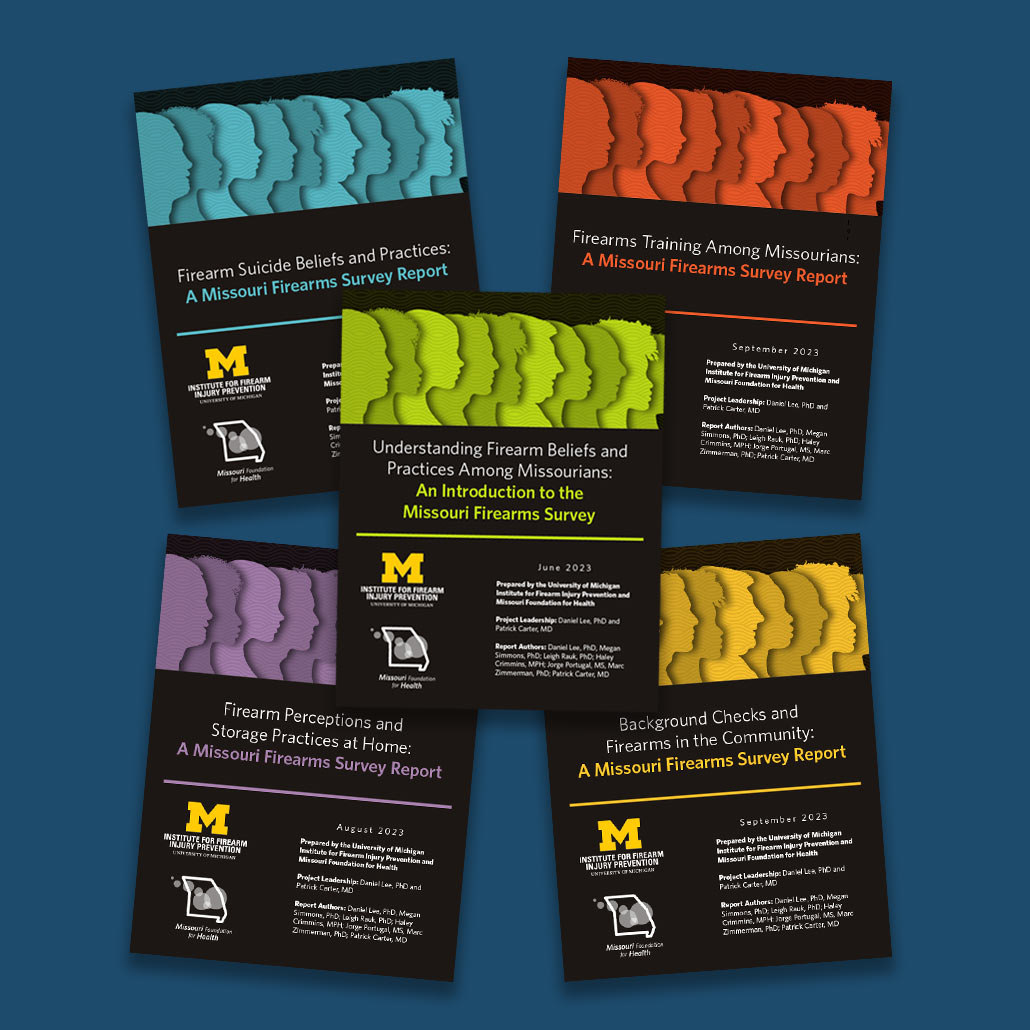Firearm Injury & Death Prevention
A crisis impacting all Missourians.
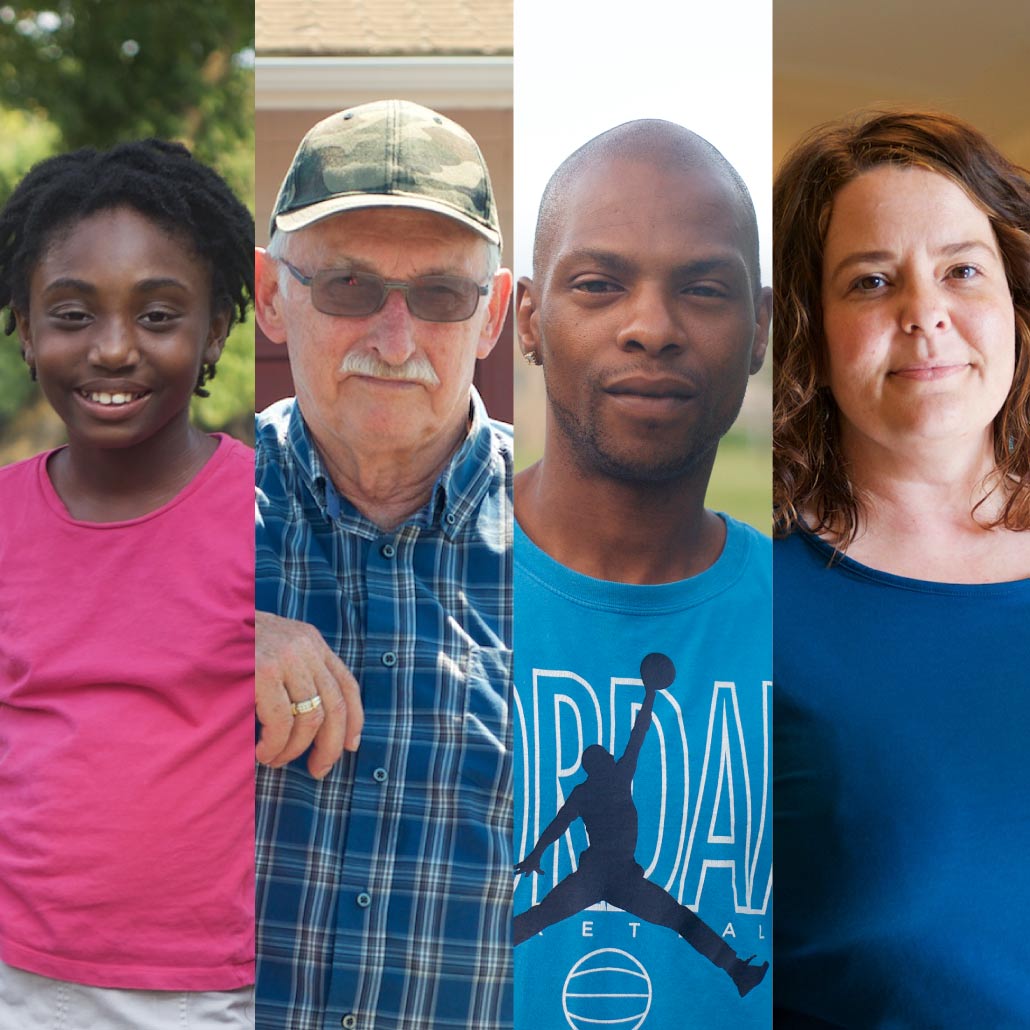
Whether taking the form of homicides, suicides, or accidents, firearm violence deeply impacts all Missourians. Solutions can feel elusive, but change is possible. The more people we bring together, gun-owners and non-owners alike, the closer we will be to finding the approaches we need to put an end to the cycles of firearm injury and death.
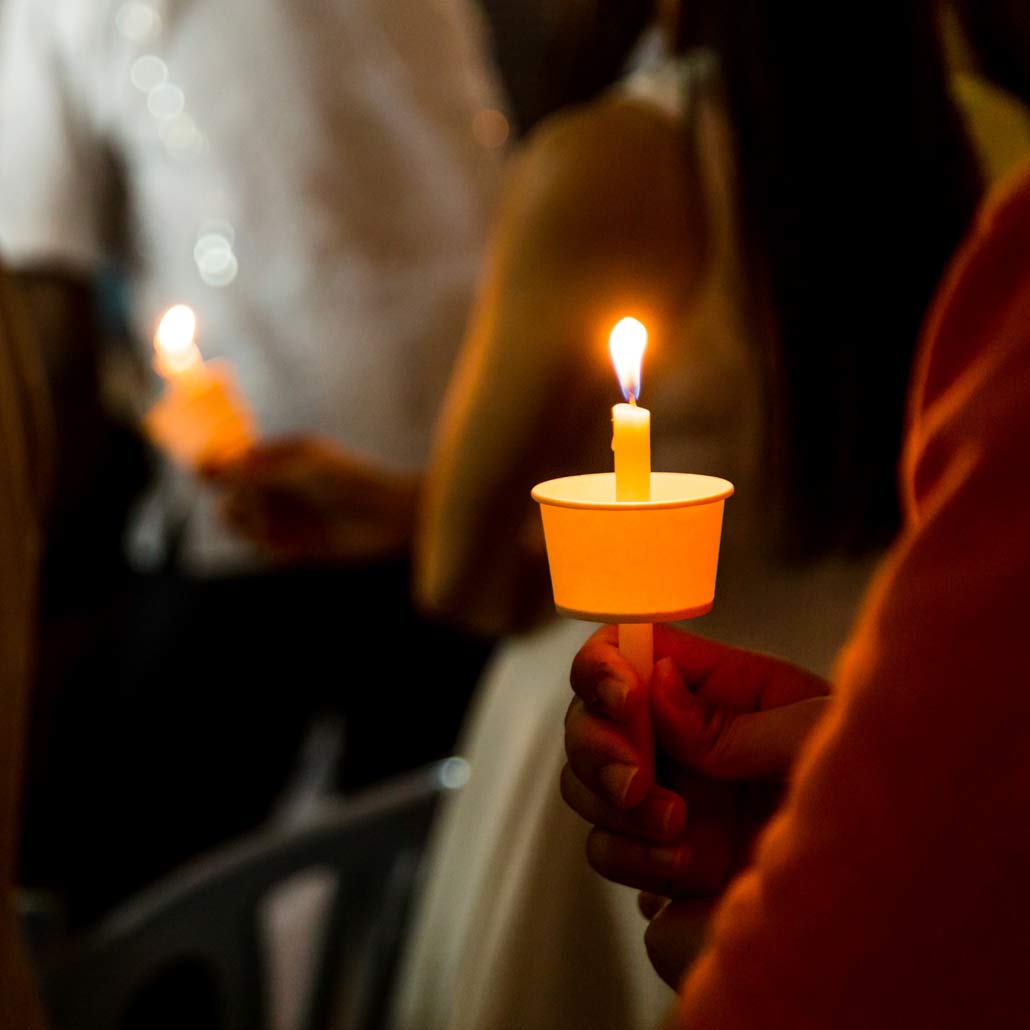
Why it matters
In 2021, Missouri had the fourth-highest firearm injury and death rate in the U.S. – 1.5 times the national average. That’s 1,351 gun deaths in the state in a “normal” year. And though many associate firearms with homicides, suicides outnumber all other causes of gun death. No one in Missouri is untouched by firearm violence in one form or another, that is why we’re taking a broad approach to address this epidemic in all its forms.

How we’re changing things
Realizing there was a lack of consistent, reliable information on firearm injury and death across the state and that the field needed more development and coordination, we initially took a broad and exploratory approach to our work. Our early efforts focused on contributing to the field’s understanding of the issue, along with investigating potential solutions (including testing out different community-based approaches). After cultivating a few promising projects with our community partners, we publicly kicked off our firearm injury and death prevention efforts in 2018.
Previous and current investments have allowed us to better understand the work that is happening in the region as well as identify gaps and growth opportunities. Moving forward, we are focusing on efforts and approaches that center people with lived experience, engaging organizations with deep ties to communities, and advancing health and racial equity by challenging the systems that undermine the ability of marginalized groups to determine solutions.
We are strengthening the field through five interconnected approaches: 1) establishing infrastructure and building capacity for community-informed research; 2) building and strengthening the field and network of community advocates; 3) shifting narratives around suicide, community violence, and firearms; 4) elevating the outsized role of firearms in suicide prevention; and 5) supporting efforts to shift local systems.
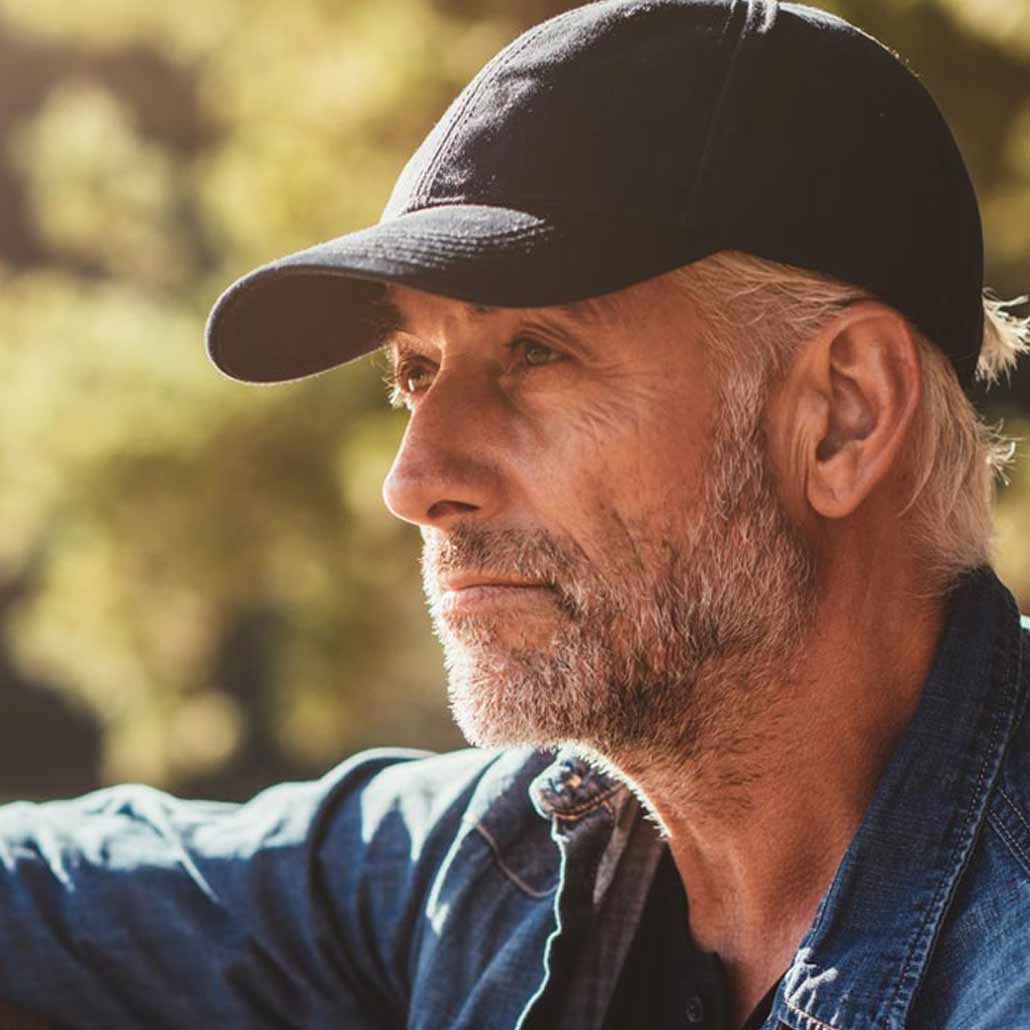
Firearm Suicide
Firearms are a uniquely lethal method of suicide. In Missouri, six out of every 10 suicides involve a firearm, with approximately 85% of attempts ending in death. Research shows that a person can think about suicide for an extended period, but the decision to act in a brief and vulnerable moment can happen in less than one hour. Having easy access to a firearm at this time can determine whether someone lives or dies.
Despite the tragic outsized role guns play in a majority of suicides in the region, strategies to address firearm suicide are absent or underdeveloped within statewide and many community-based suicide prevention plans.
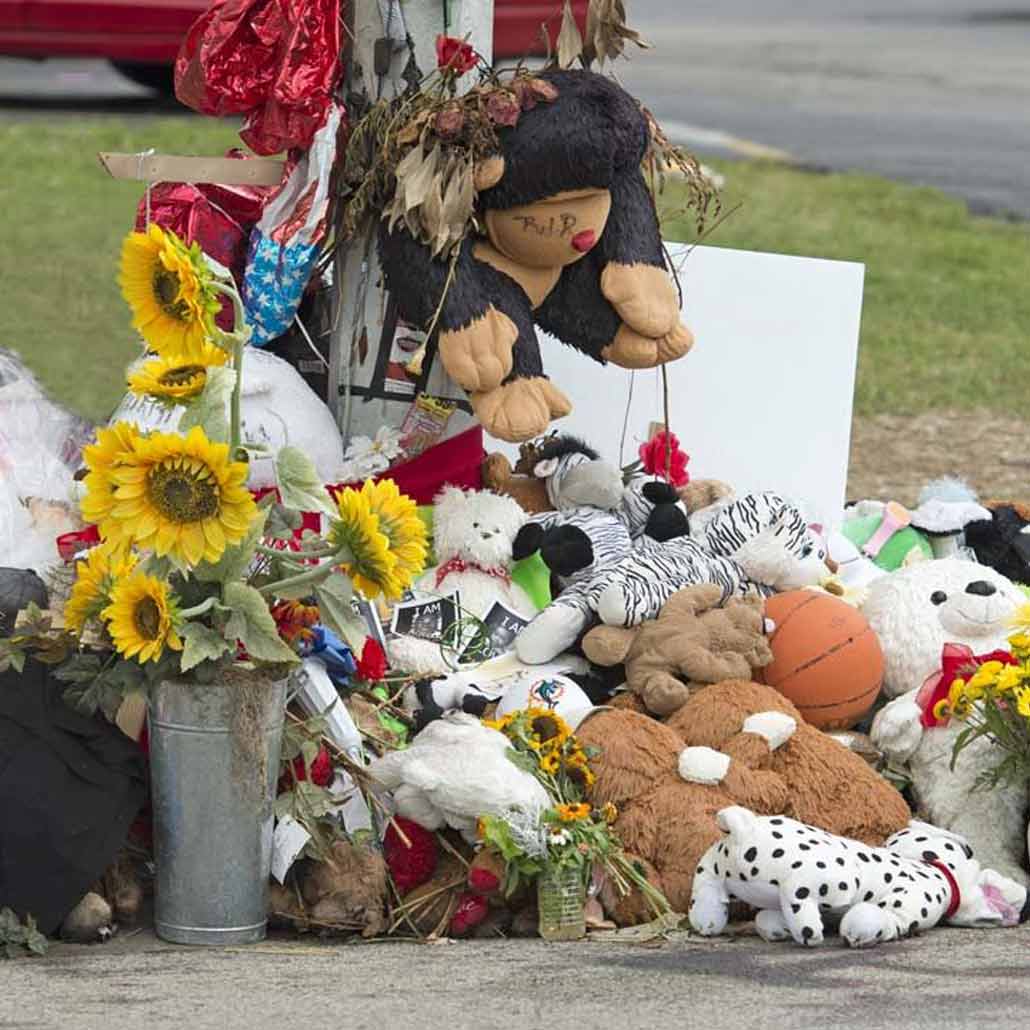
Firearm Violence Prevention
Gun deaths in the U.S. reached their highest levels ever in 2021, breaking the record created just one year earlier. Firearms are the leading cause of death among children ages 1-19 and for adults under 25. In addition to firearm suicide as mentioned above (the leading cause of gun death), homicides, accidents, and intimate partner violence all play a role in this epidemic.


